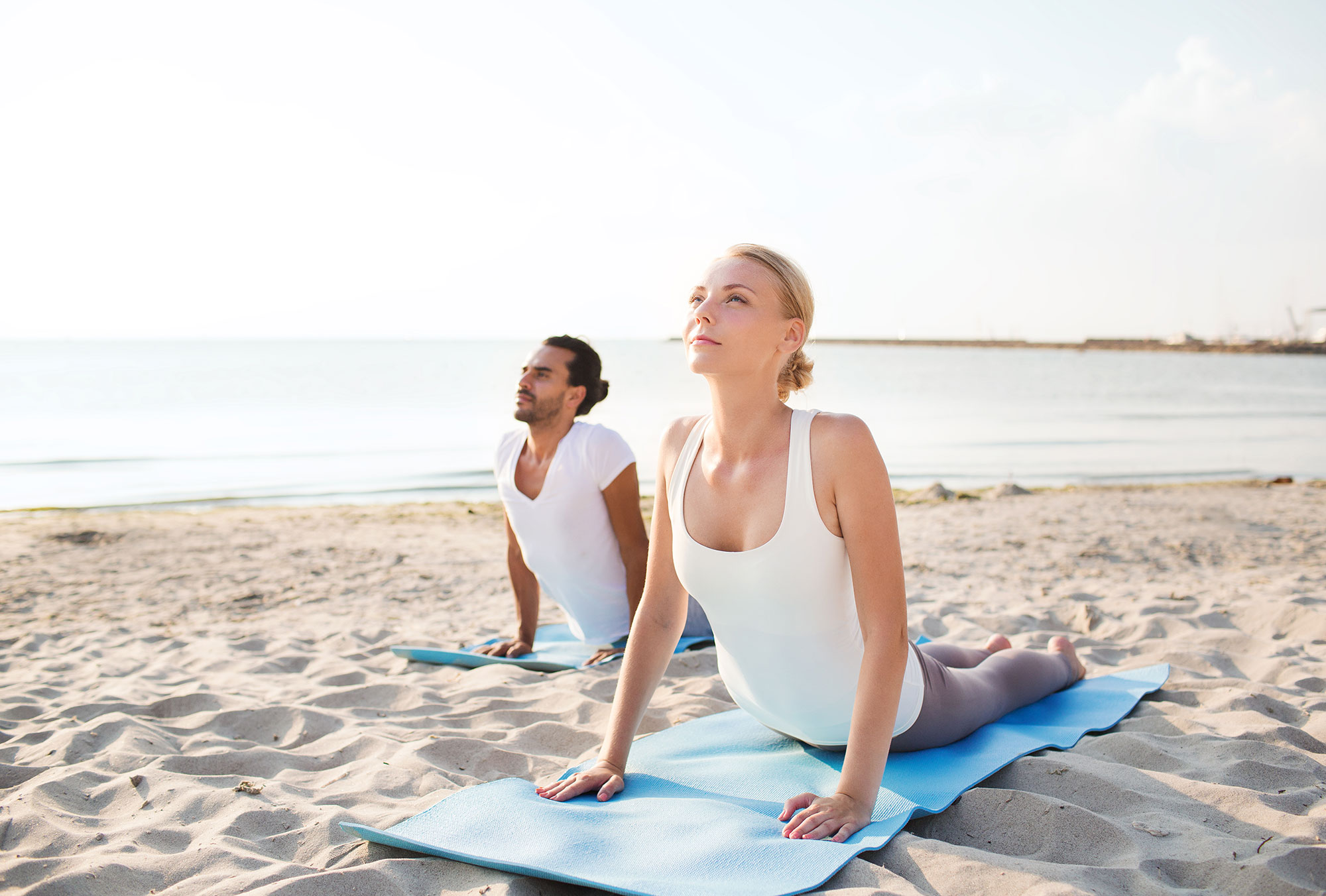When you’re choosing a new yoga class, teacher or online program, well-crafted reviews can save you time—and ensure you get the experience you need. Here’s what to look for in any yoga review, followed by five real-style examples that illustrate each point.
Key Criteria to Spot in a Quality Yoga Review
- Instructor Credentials & Style
• Training background, years teaching, any specialties (e.g. prenatal, therapeutic).
• Teaching tone: energetic vs. nurturing; hands-on adjustments vs. verbal cues. - Class Structure & Pacing
• Length and breakdown (warm-up, peak flow, cool-down).
• Level of challenge—beginners, intermediate, advanced—and whether modifications are offered. - Physical Environment or Platform
• In-studio: ambience, props provided, class size, student-teacher ratio.
• Online: video/audio quality, camera angles, downloadable materials. - Alignment & Safety Guidance
• Does the teacher cue alignment cues clearly?
• Are hands-on adjustments or verbal safety reminders (e.g. “keep your knees soft in forward folds”) included? - Community & Support
• In-studio camaraderie or online discussion forums.
• Extras: ongoing challenges, live Q&A, access to teacher after class. - Results & Takeaways
• Physical benefits felt (flexibility, strength, balance).
• Mental/emotional impact (stress relief, focus, energy).
5 Example Review Snippets
Example 1: Vinyasa Flow with Sarah Lee
- Instructor & Style: Sarah brings 10 years of Ashtanga training into her Vinyasa flow—she’s energetic but patient.
- Structure & Pacing: 60 minutes: 10 min warm-up, 35 min peak flow, 15 min deep stretch. Modifications given on-the-spot.
- Environment: Cozy studio with cork floors and plentiful blocks/straps. Class capped at 12 students for personal attention.
- Alignment & Safety: Sarah consistently cues pelvic tilt and shoulder engagement; reminded us to bend knees in Uttanasana.
- Community: Welcoming vibe—she sends a private follow-up email with pose photos.
- Results: Left with energized core and noticeably less lower-back tightness.
Example 2: Restorative Yoga Online by Deep Peace Academy
- Instructor & Style: Gentle voice with clear, slow cues—ideal for winding down.
- Structure & Pacing: 45 minutes of supported poses, each held 5+ minutes. Downloadable PDF with prop setup photos.
- Platform Quality: HD video, two camera angles; occasional buffering but captions available.
- Alignment & Safety: Emphasizes use of bolsters under knees and neck; repeated reminders to adjust for comfort.
- Support: Private Facebook group for sharing progress; weekly live “check-in” calls.
- Results: Best sleep I’ve had in months; anxiety levels noticeably reduced.
Example 3: Power Yoga with Marcus Patel
- Instructor & Style: High-intensity, sweat-dripping class. Marcus’s DJ playlist keeps the energy up.
- Structure & Pacing: 75 minutes—with core-focused finisher. No modifications mentioned, so better for regular practitioners.
- Environment: Bright, industrial–style loft; minimal props (you must bring your own). Large class size (~25), so limited personal feedback.
- Alignment & Safety: Quick cues; some students reported sore wrists next day—could use more wrist-care guidance.
- Community: Post-class “Power Tribe” WhatsApp group shares challenges.
- Results: Challenging practice built upper-body strength fast, though beginners should proceed cautiously.
Example 4: Beginner’s Hatha Workshop by Lotus Haven
- Instructor & Style: Very nurturing—steps you through each anatomy principle. Ideal first-timer class.
- Structure & Pacing: 2-hour workshop: theory + practice. Plenty of Q&A time.
- Environment: Small studio, mats provided, calming incense; tea served afterwards.
- Alignment & Safety: Laser-focused on knee and lower-back safety; offers blocks and straps to all.
- Community: Sense of intimacy—everyone exchanged contact info for car-pooling to classes.
- Results: Gained confidence to try a local Hatha series; zero intimidation.
Example 5: On-Demand “Yoga for Focus” Series by Mindful Moves App
- Instructor & Style: Short, punchy videos (10–15 min) with a calm, steady voice.
- Structure & Pacing: Daily micro-sessions. Clear chapter markers for warm-up, peak, cool-down.
- Platform Quality: Flawless streaming, offline download, integrated timer.
- Alignment & Safety: Brief on-screen text cues (“keep spine long”) complement verbal instructions.
- Support: In-app chat with instructors; monthly live Q&A webinars.
- Results: Helped me kick procrastination—10 minutes in the morning sharpened my focus all day.
How to Use These Insights
- Scan reviews for instructor style before you commit.
- Look at class structure to see if it fits your schedule and level.
- Check for alignment guidance if you need extra support.
- Note the community extras—they can be the difference between a one-off lesson and a lasting habit.
- Pay attention to real-world results: did their posture improve? Did they feel less stressed?
Armed with these criteria and examples, you’ll be able to read—or write—yoga reviews that truly guide you (and others) to the right practice.



